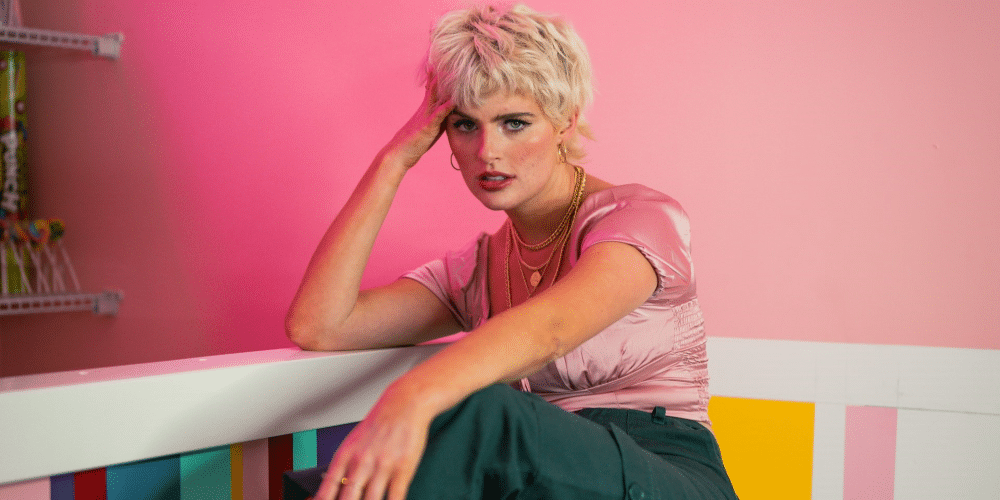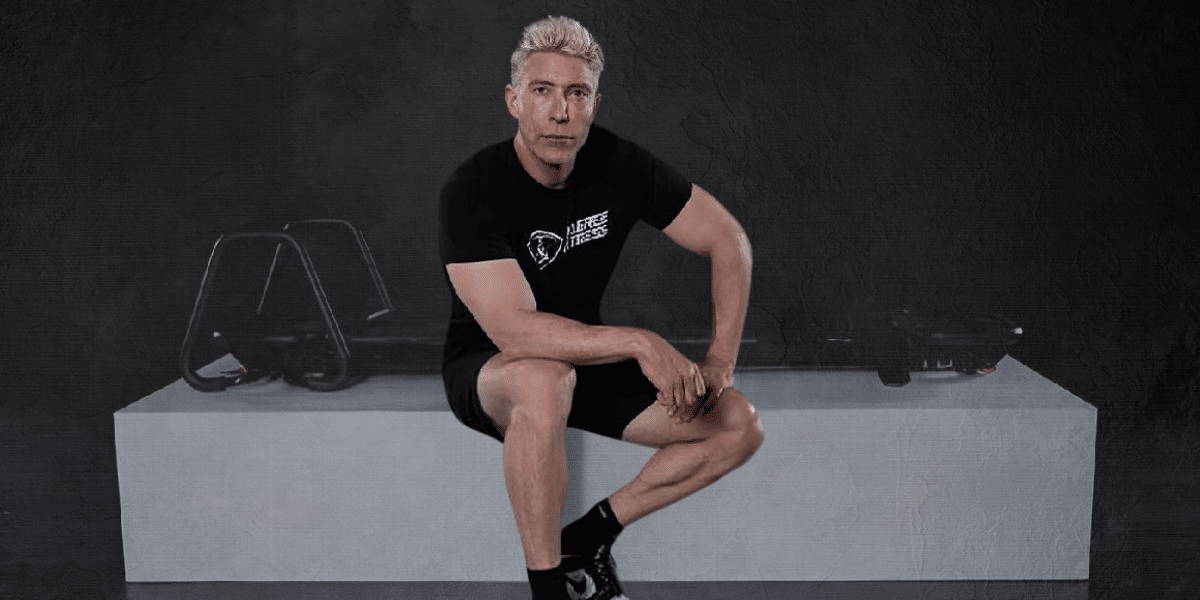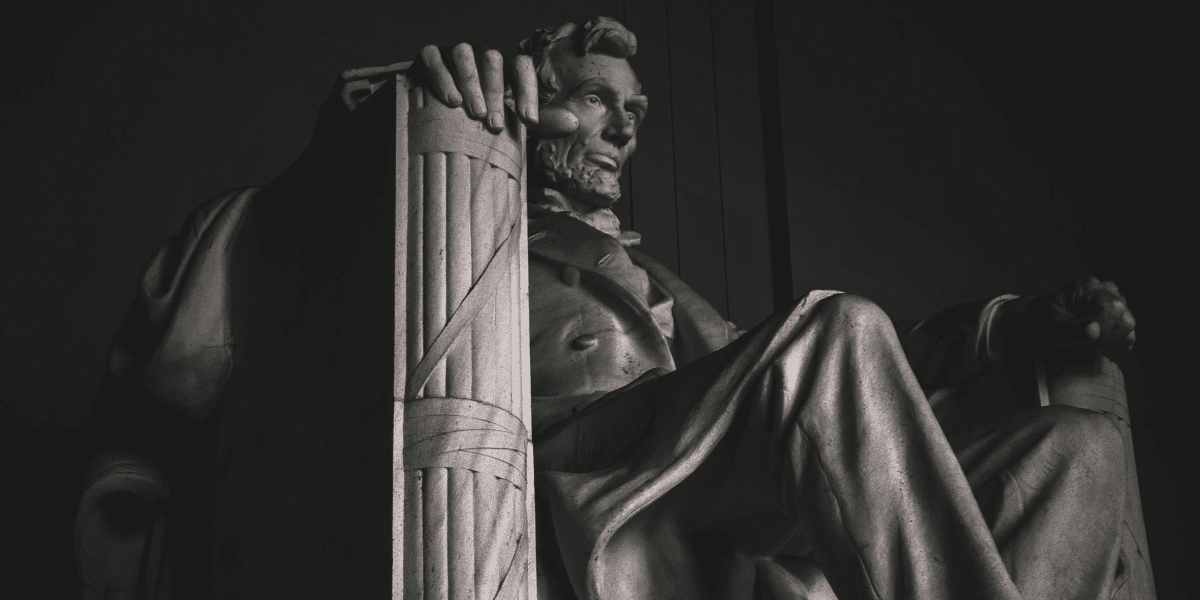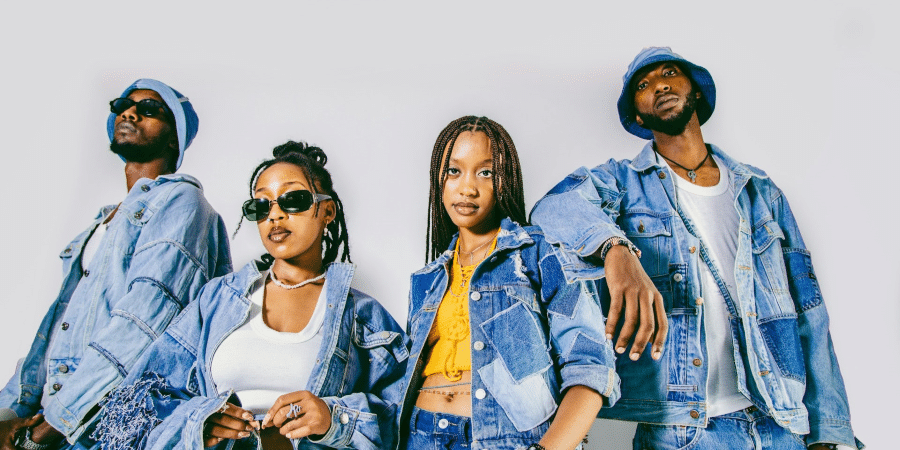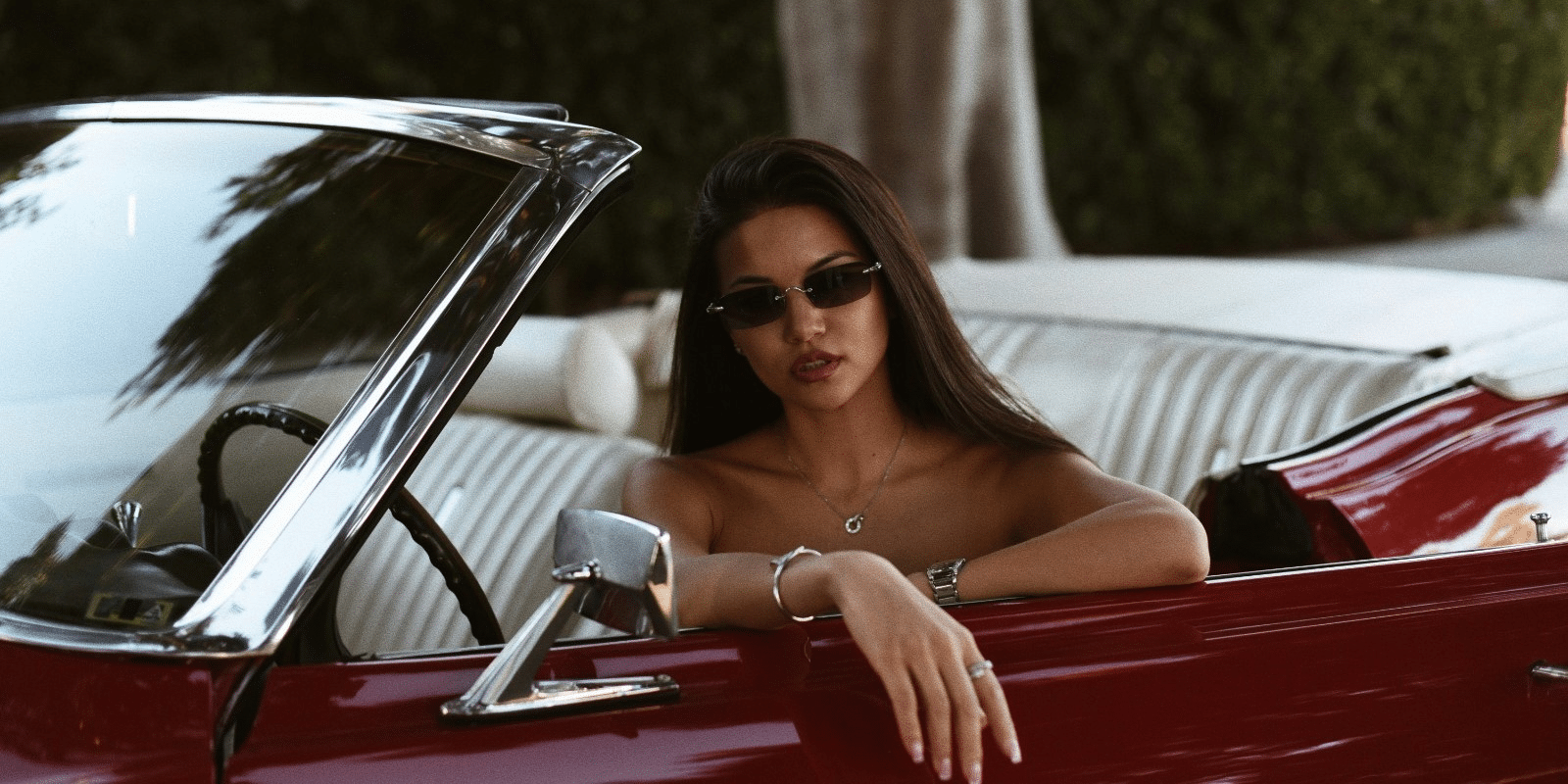Punk rock wasn’t just about the music – it was a whole aesthetic middle finger to societal expectations. And for many female punks, that rebellion extended right to their scalps. Short hair, chopped, dyed, and styled with a healthy dose of “don’t care” became a powerful symbol of defiance against femininity norms.
This wasn’t your grandma’s pixie cut. Punk haircuts were about breaking the mold, challenging the idea that long, flowing hair was the only way for a woman to be attractive. A 1977 article in “Sniffin’ Glue,” a seminal British punk zine, declared, “Girls with short hair aren’t necessarily lesbians, just fed up!” Short hair became a way to reclaim your body and your image, a visual shout that said, “I’m here to make my own noise, not fit into your pretty little box.”
But it wasn’t just about aesthetics. Short hair was also a practical choice within the raw energy of the punk scene. The meticulously coiffed hairdos of the 1950s and 60s felt out of place amidst the DIY ethos and sweaty mosh pits of punk shows. Long hair could be a hassle, getting tangled in stage dives and obstructing the headbanging mayhem. Chopping it off was a way to move freely and throw yourself entirely into the music.
It became a badge of honor – a symbol of being part of a movement that rejected conformity and embraced raw, unbridled expression. This practicality, coupled with the symbolic defiance, cemented short hair as a cornerstone of the female punk image.
Chopping Off the Patriarchy: Short Hair as Symbolism
There’s a reason why many history books depict Joan of Arc with a short haircut. It signifies a break from societal constraints, a willingness to defy expectations for the sake of a greater purpose. In the same way, female punks adopted short hair as a badge of their commitment to challenging the status quo.
Consider Siouxsie Sioux, the enigmatic vocalist of Siouxsie and the Banshees. Her signature choppy, jet-black mane became an iconic image. It wasn’t conventionally feminine, but it oozed power and individuality. Siouxsie herself said in a “Melody Maker” interview, “Image is very important. It’s a way of life, not just something you wear on stage.”
Short hair wasn’t just about defying beauty standards, though. It was also practical. Punk was a DIY movement, fueled by raw energy and a rejection of polish. Long hair could be a hindrance in the sweaty mosh pits of punk shows. Chopping it off made it easier to jump around, scream along, and throw yourself wholeheartedly into the music.
Beyond the Buzzcut: A Spectrum of Punk Hair
While the buzzcut became a symbol of female punk rebellion, it wasn’t the only option. The beauty of punk was its embrace of individuality. From Patti Smith’s messy blonde shag to Poly Styrene of X-Ray Spex’s wild, frizzy afro, there was a spectrum of short hairstyles that represented the diversity within the scene.
Hair color was another way for female punks to express themselves. Vivienne Westwood, the designer who became synonymous with punk fashion, often sported a bright orange mane. Debbie Harry of Blondie rocked a platinum blonde look that was both glamorous and dangerous. Hair became a canvas for personal expression, a way to further challenge the idea that women had to conform to a single image.
The legacy of female punks with short hair lives on today. From pop-punk artists like Hayley Williams of Paramore to feminist icons like Kathleen Hanna of Bikini Kill, the idea that short hair can be powerful and feminine continues to inspire. So next time you’re considering a chop, remember the punks who came before you. It’s not just a haircut; it’s a statement.

